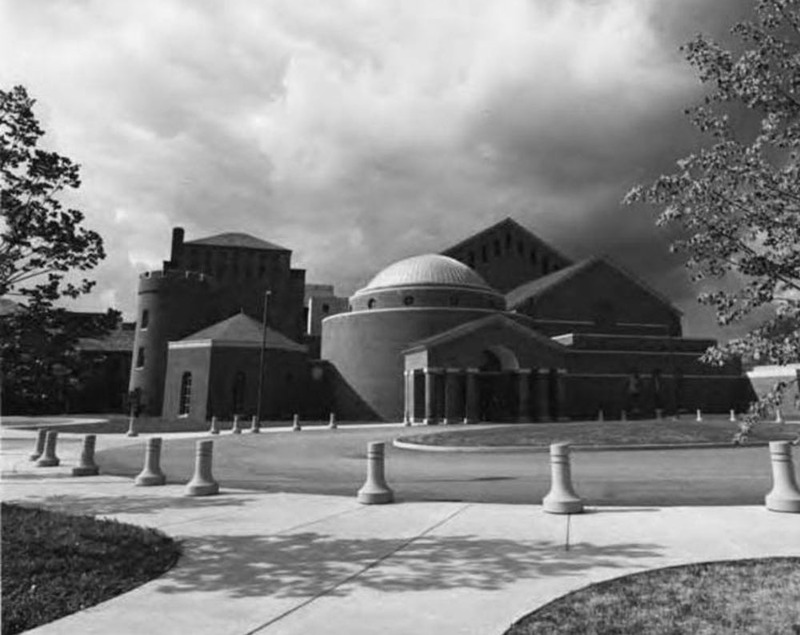
The story of the Cleveland Play House begins in 1915 with a series of meetings held at the home of essayist Charles Brooks. Charles and his wife Minerva Brooks met each week with eight of their friends to discuss theatre and the arts. Eventually, the well-to-do couple decided to form the Cleveland Play House, a professional theatre company that would offer performances of a more substantive nature than the vaudeville and burlesque acts popular at the time. With Brooks as president, the company held its first show in May 1916 in an old farmhouse on land owned by industrialist Francis Drury, who lived across the street in his mansion at 8615 Euclid Avenue.
As attendance grew, the farmhouse became inadequate. In 1917 the Play House spent nearly $9,000 to purchase and renovate a Lutheran Church at East 73rd Street and Cedar Avenue that could seat 160 people. Audiences soon became too big for this space, too, and in 1926 the company moved back to the Drury estate. This time, Drury donated his land to the Play House and in place of the old farmhouse were two new interconnected theaters: the 522-seat Drury Theatre and the 160-seat Brooks Theatre. In 1949 the Play House also added a third theater in a converted Christian Science church on Euclid Avenue and East 77th Street. The Play House's continued success led to the 1983 opening of a new complex on East 86th Street at Carnegie Avenue. The complex, which comprised a former Sears store and a new building designed by renowned architect Philip Johnson, included the 550-seat Bolton Theater.
In 2009, after selling its East 86th Street complex to the Cleveland Clinic, Cleveland Play House announced it planned to move downtown. The move came just one year after the Great Lakes Theater Festival left its Lakewood home to take up residence in the Hanna Theatre. Cleveland Play House partnered with Cleveland State University to create a state-of-the-art complex for shared use in the revamped historic Allen Theatre.
Audio
Images










